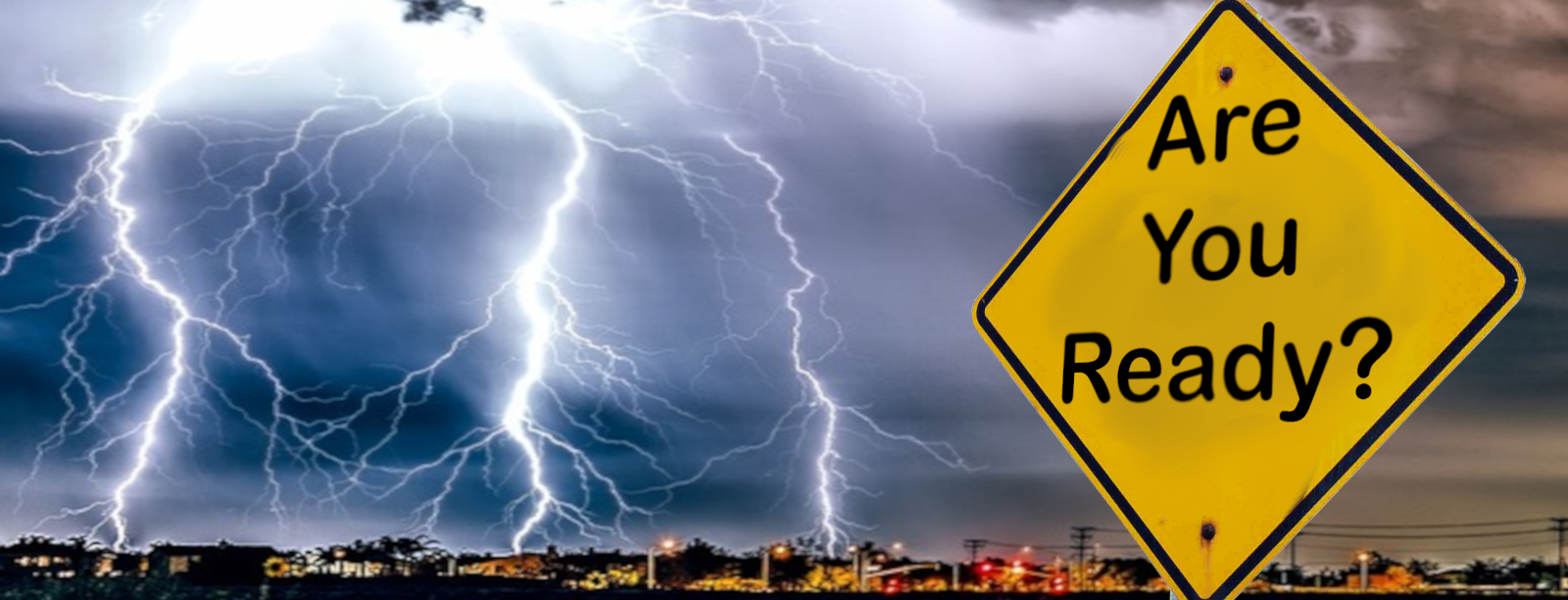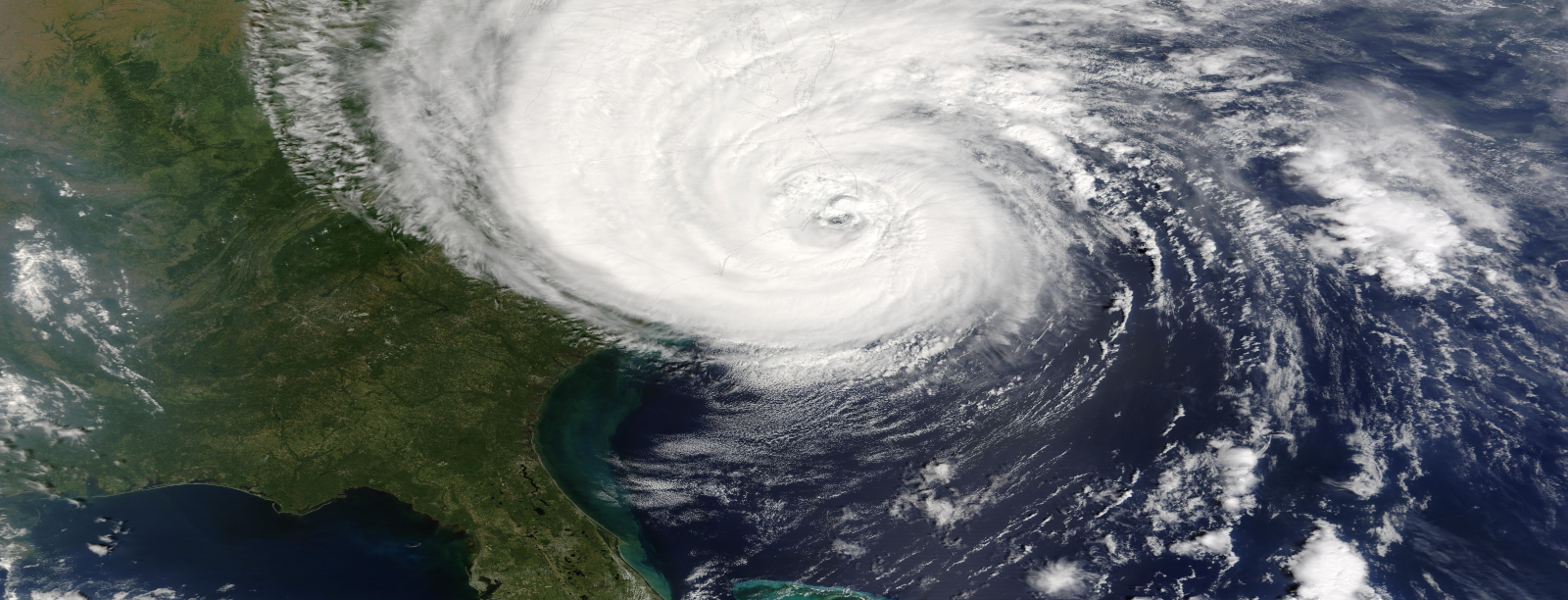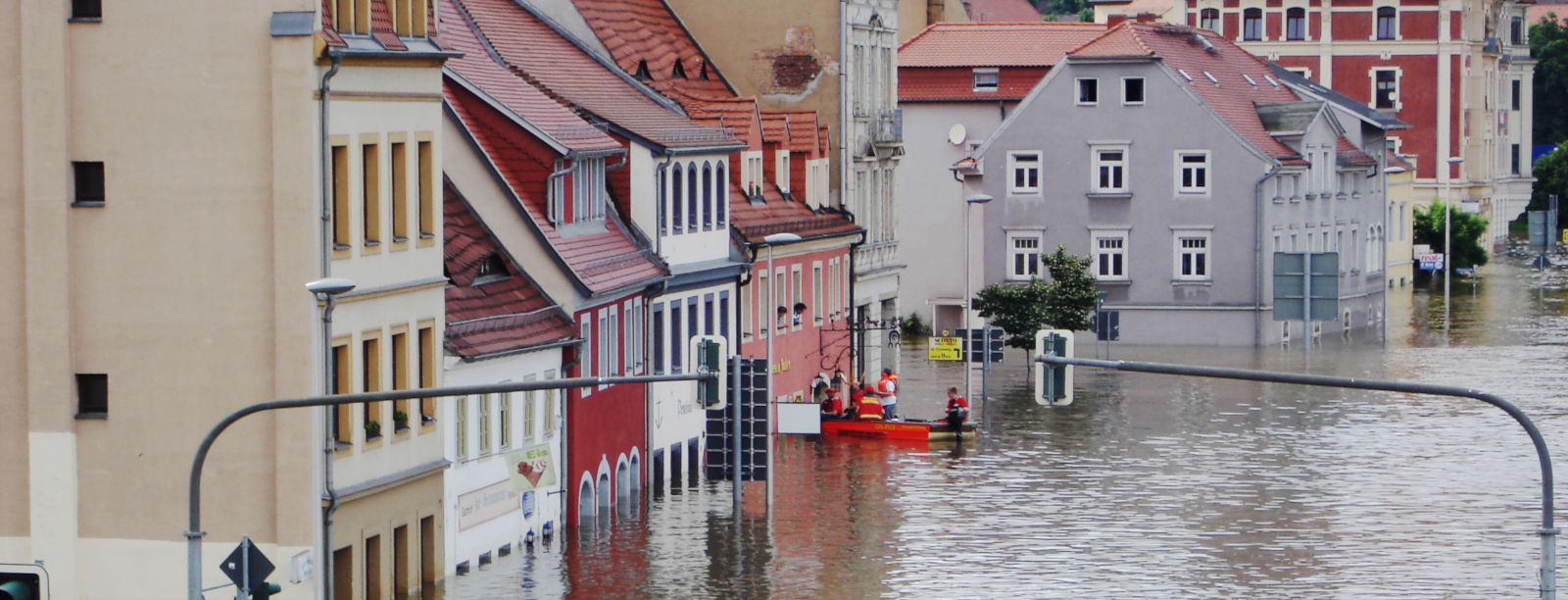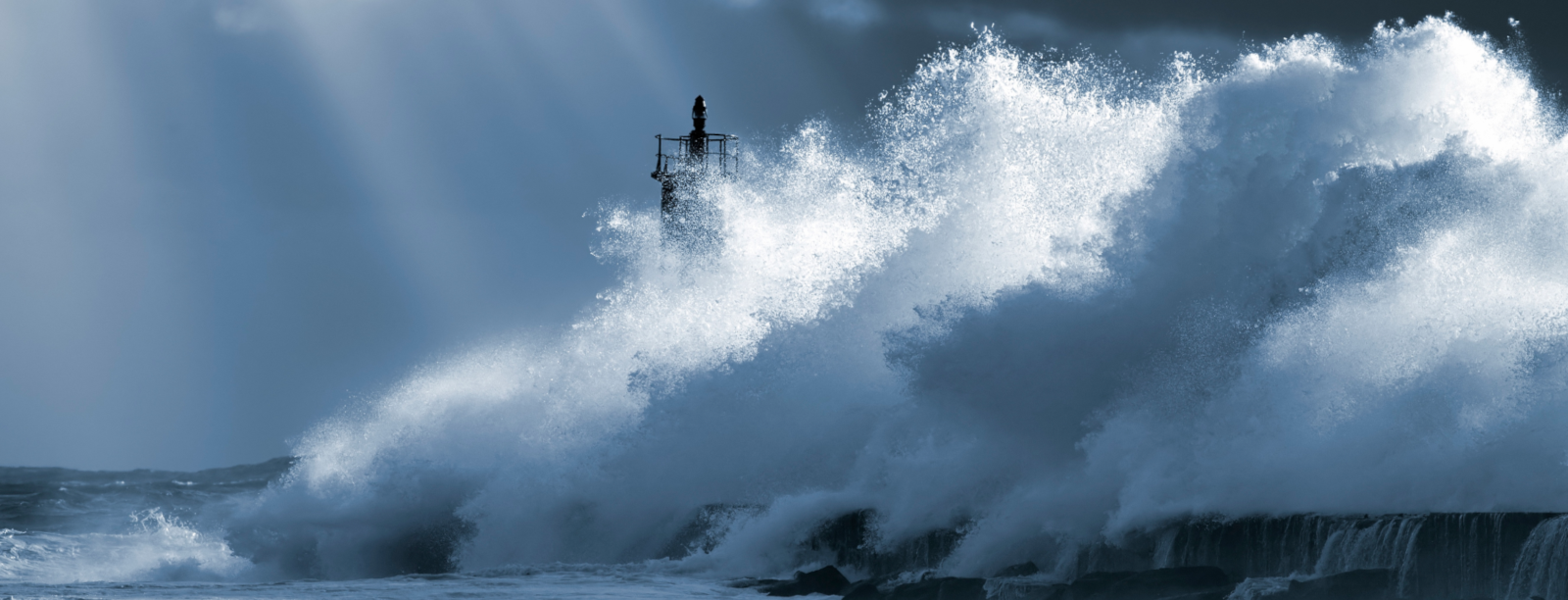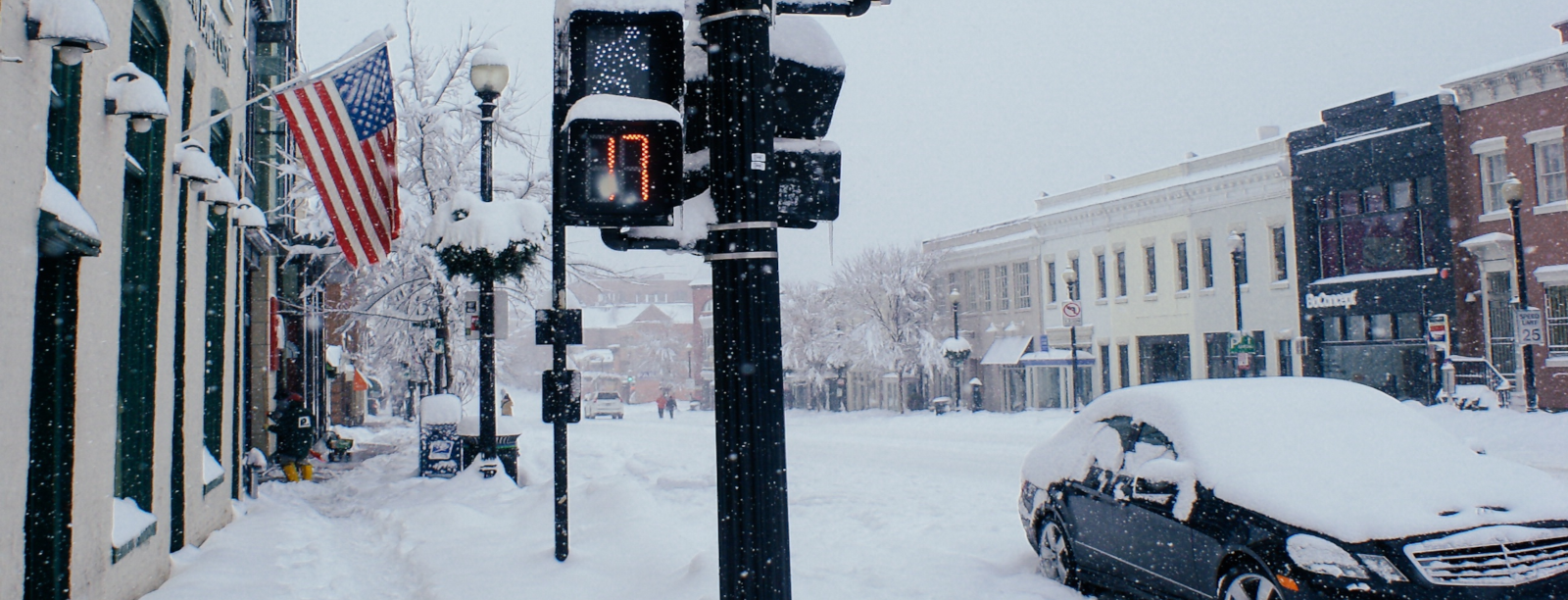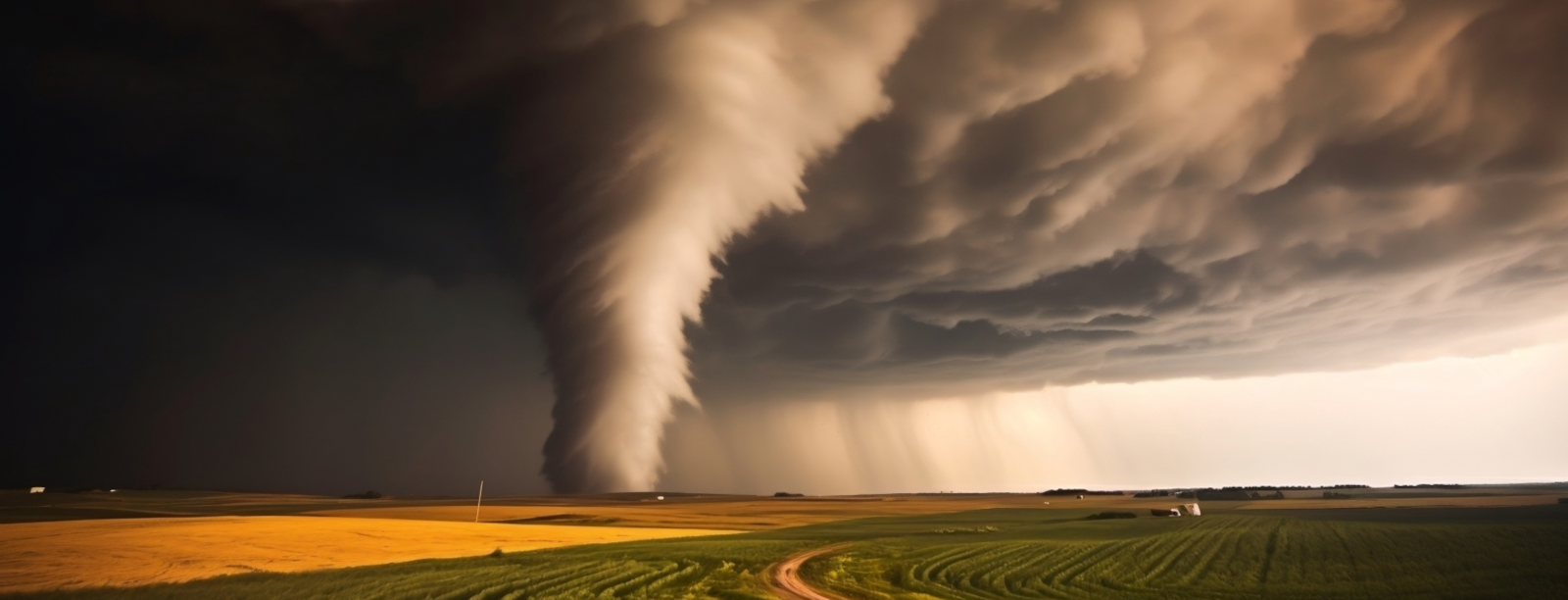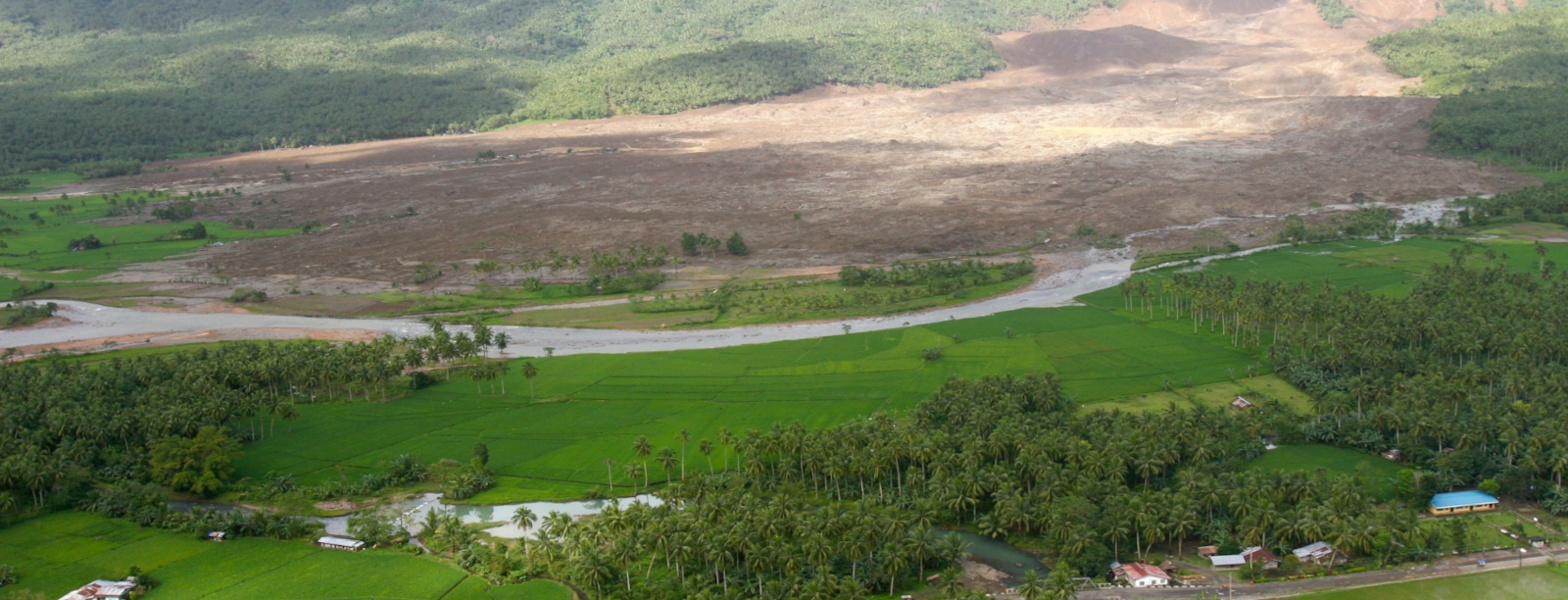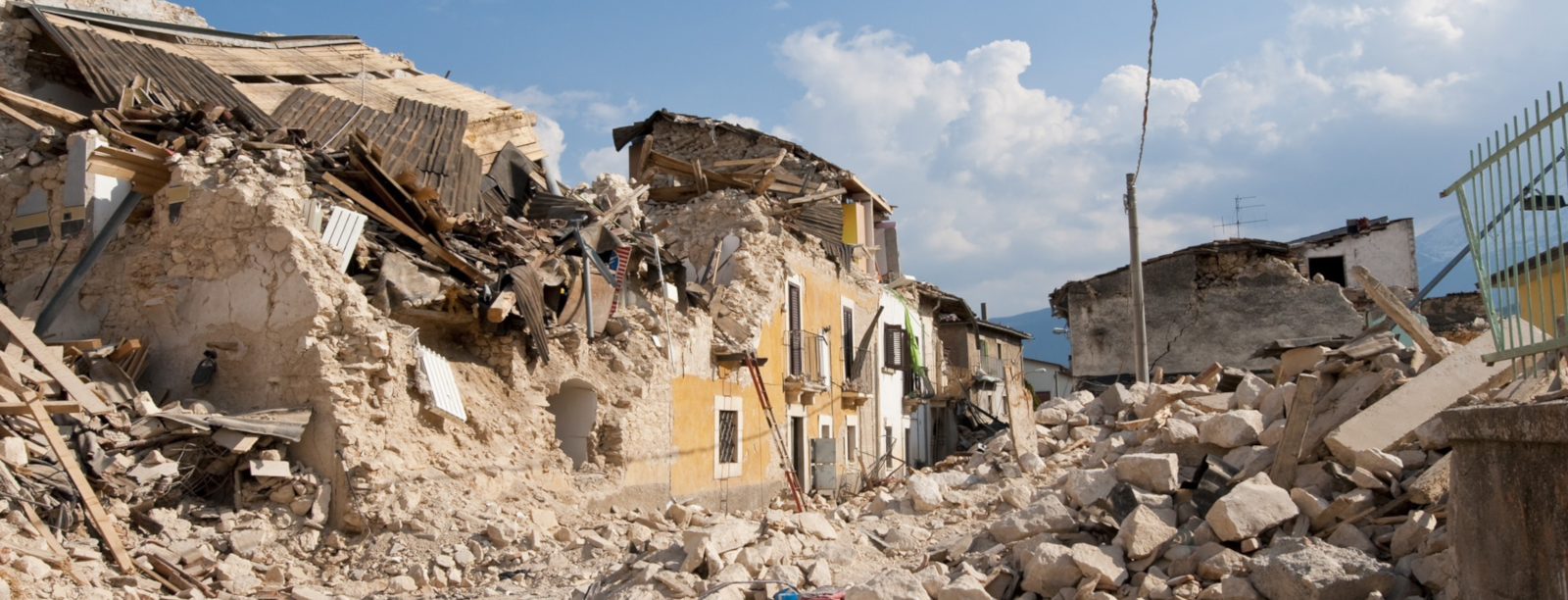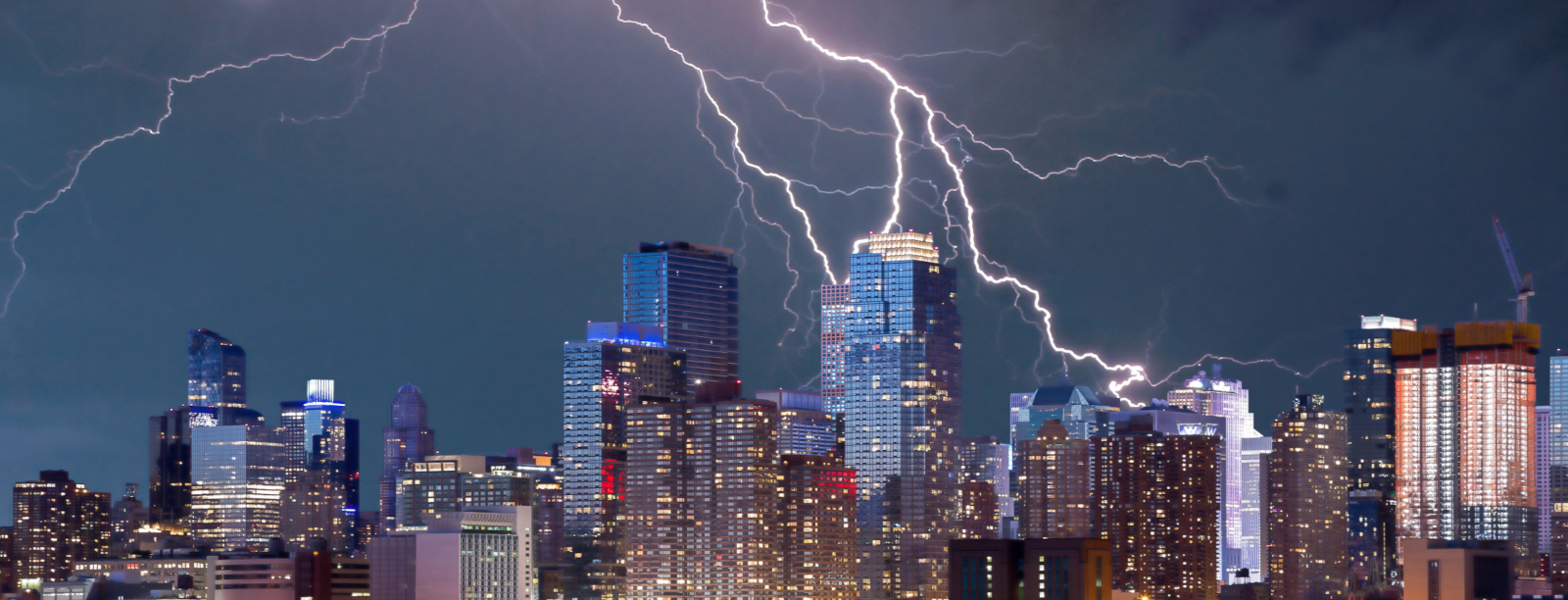Ham Radio Operators: About Us
Ham Radio Operators:
- Who are we
- What are we
- Why be a Ham Radio Operator
- How to become a Ham Radio Operator
Ham Radio Operator Volunteer Service:
- Helping our neighbors, friends & community
- Volunteer Service during a Crisis or
- Volunteer Service during Natural Disaster

Amateur Radio (ham radio) is a popular hobby and service that brings people, electronics and communication together. People use ham radio to talk across town, around the world, or even into space, all without the Internet or cell phones. It’s fun, social, educational, and can be a lifeline during times of need.
You can set up a ham radio station anywhere! In a field…
- Although Amateur Radio operators get involved for many reasons, they all have in common a basic knowledge of radio technology and operating principles, and pass an examination for the FCC license to operate on radio frequencies known as the “Amateur Bands.” These bands are radio frequencies allocated by the Federal Communications Commission (FCC) for use by ham radio operators.
Who is the Typical Ham?
- Amateur Radio operators come from all walks of life — doctors, students, kids, politicians, truck drivers, movie stars, missionaries and even your average neighbor next door. They are of all ages, sexes, income levels and nationalities. Whether through Morse Code on an old brass telegraph key, voice communication on a hand-held radio or computerized messages transmitted via satellite, all hams use radio to reach out to the world.
What’s the Appeal of Ham Radio?
- You can communicate from the top of a mountain, your home or behind the wheel of your car, all without relying on the Internet or a cell phone network You can take radio wherever you go! In times of disaster, when regular communications channels fail, hams can swing into action assisting emergency communications efforts and working with public service agencies.
- For instance, the Amateur Radio Service kept New York City agencies in touch with each other after their command center was destroyed during the 9/11 tragedy. Ham radio also came to the rescue during Hurricane Katrina, where all other communications failed, and the devastating flooding in Colorado in 2013.
Ham Radio Operators DIY projects
- Some hams like to build and experiment with electronics. Computer hobbyists enjoy using Amateur Radio’s digital communications opportunities. Others compete in “DX contests,” where the object is to see how many hams in distant locations they can contact. Mostly we use ham radio to form friendships over the air or through participation in one of more than 2000 Amateur Radio clubs throughout the country. There are over 600,000 radio amateurs in the United States and over 2,000,000 worldwide.
Ham Radio Operators Communicating with others around the world
- You can communicate with other hams using your voice and a microphone, interface a radio with your computer or tablet to send data, text or images, or Morse code, which remains incredibly popular. You can even talk to astronauts aboard the International Space Station, talk to other hams through one of several satellites in space, or bounce signals off the moon and back to Earth!
What are some of the other ways radio hams communicate?
- There is a great variety of ways that Amateur Radio operators are able to communicate. Using voice is just one. Morse code is still widely used. Packet, Radio Teletype (often called Ritty), and PSK are three more ways to communicate. Even faster transmissions are being developed using methods which can send almost any form of digital data. Hams also use television to send pictures over the air.
How Do I Get Started?
- Before you can do anything, you need to get an Amateur Radio license from the Federal Communications Commission.
Once you have your license, the rest is up to you. What you do next depends on what sort of equipment you intend to use and what type of communication you’d like to try. Find helpful advice for your first ham station and how to get on the air and be sure to join ARRL to take advantage of the numerous membership benefits, including technical support from our Technical Information Service.
How Can I Get Involved?
- Whether you’re new to ham radio or an experienced ham, there are many ways you can get involved with this hobby and service.
Visit the Get Involved area of our site to check out how you can get involved.
What do Amateur Radio operators do during and after disasters?
- Amateur Radio operators set up and operate organized communication networks locally for governmental and emergency officials, as well as non-commercial communication for private citizens affected by the disaster.
- Amateur Radio operators are most likely to be active after disasters that damage regular lines of communications due to power outages and destruction of telephone, cellular and other infrastructure-dependent systems.
How do Amateur Radio operators help local officials?
- Many radio amateurs are active as communications volunteers with local public safety organizations. In addition, in some disasters, radio frequencies are not coordinated among relief officials and Amateur Radio operators step in to coordinate communication when radio towers and other elements in the communications infrastructure are damaged.
What are the major Amateur Radio emergency organizations?
- Amateur Radio operators have informal and formal groups to coordinate communication during emergencies. At the local level, hams may participate in local emergency organizations, or organize local “traffic nets” using VHF (very high frequencies) and UHF (ultra high frequencies).
- At the state level, hams are often involved with state emergency management operations. In addition, hams operate at the national level through the Radio Amateur Civil Emergency Service (RACES), which is coordinated through the Federal Emergency Management Agency, and through the Amateur Radio Emergency Service (ARES), which is coordinated through the American Radio Relay League and its field volunteers.
- Many hams are also involved in Skywarn, operating under the National Weather Service and provide emergency weather information to the NWS for analysis and dissemination to the public.
Is Amateur Radio recognized as a resource by national relief organizations?
Many national organizations have formal agreements with the Amateur Radio Emergency Service (ARES) and other Amateur Radio groups including:
- Department of Homeland Security — Citizen Corps
- Federal Emergency Management Agency
- National Communications System
- Salvation Army
- National Weather Service
- Association of Public Safety Communications Officials
Reference: ARRL.org

